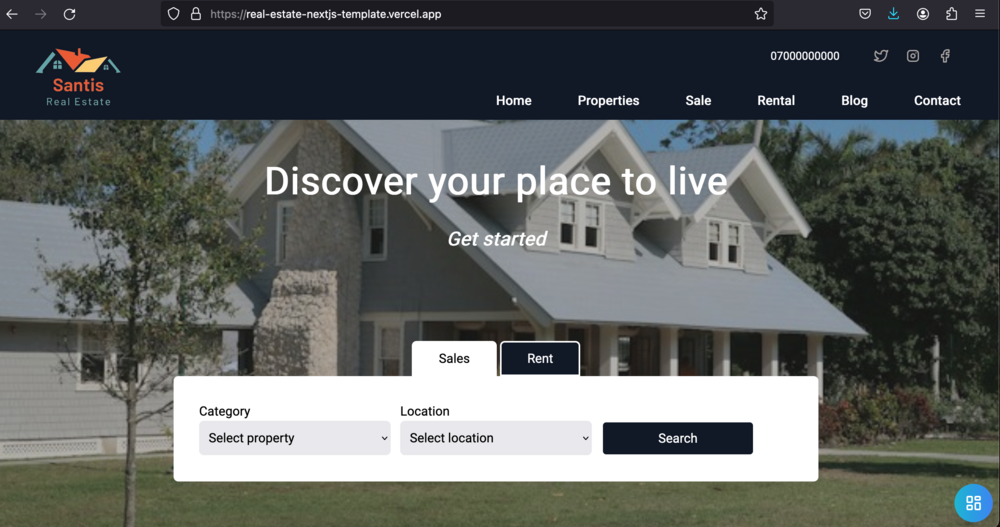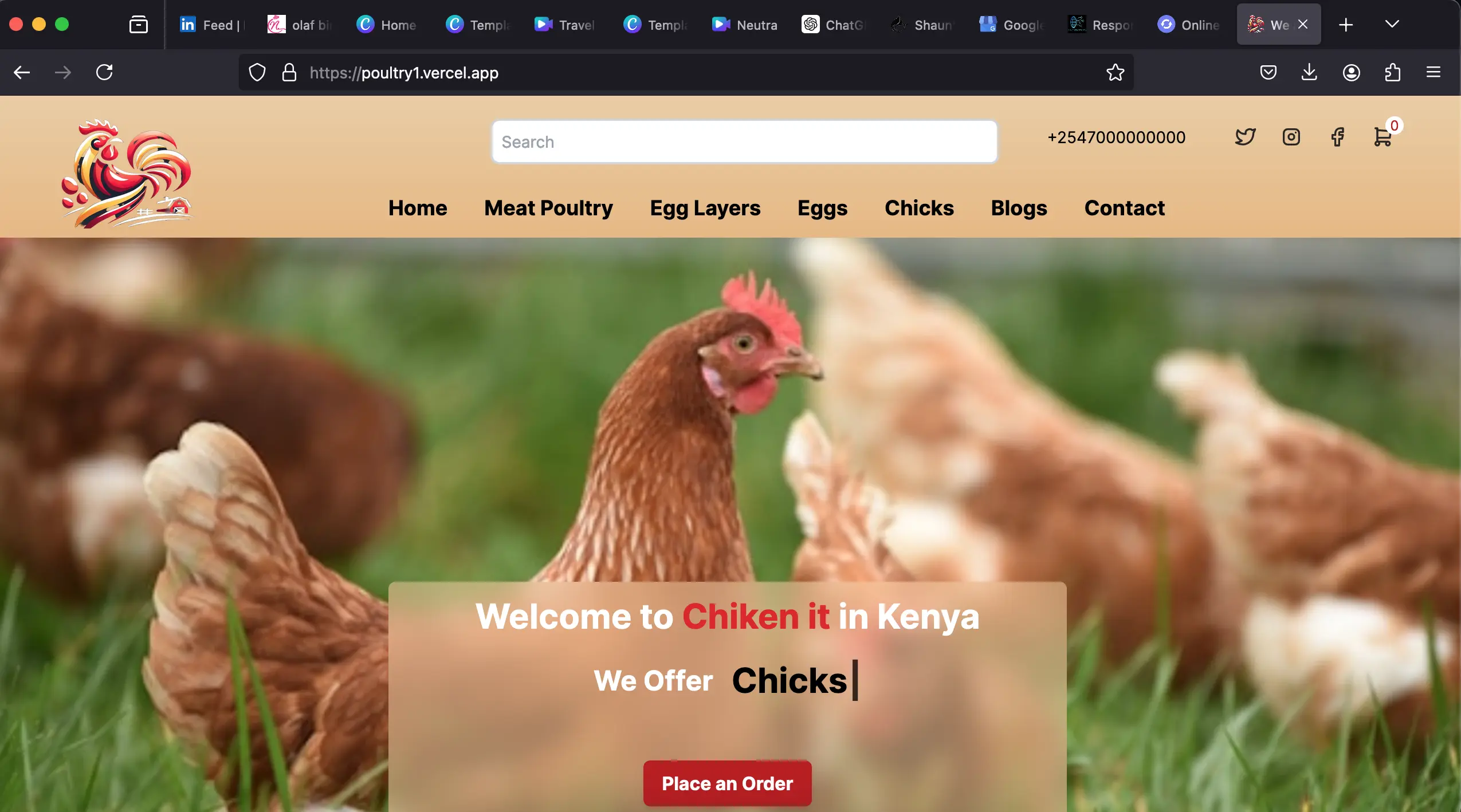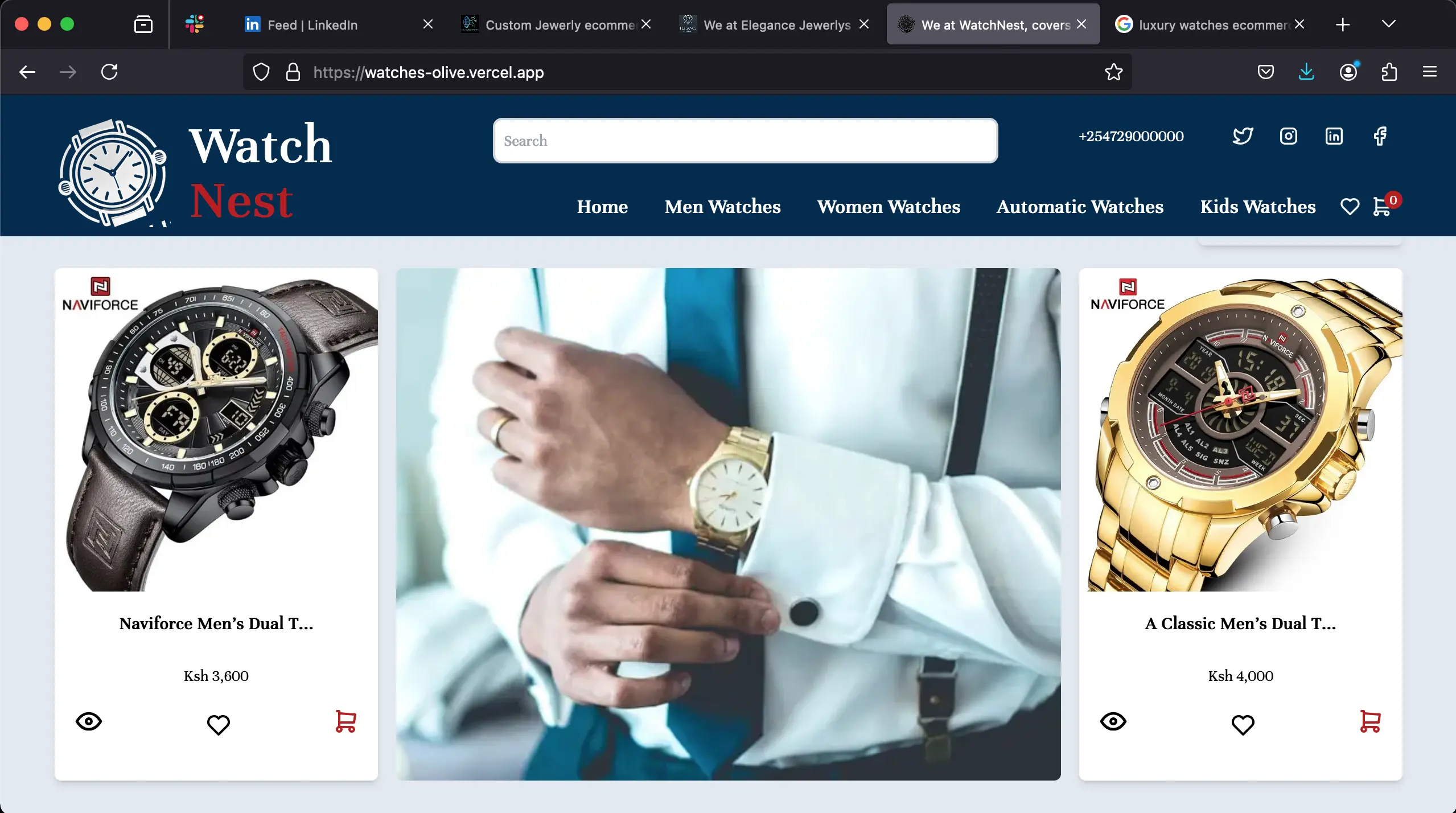
Optimize Product Pages for SEO: Boost Rankings & Sales
Introduction
Ranking high on Google for your product pages means more visibility, more traffic, and more sales. But with millions of e-commerce stores competing for attention, how do you make sure your products stand out?
The secret lies in SEO optimization—making your product pages as attractive to Google as they are to your customers.
In this guide, we’ll break down simple, actionable steps to optimize your product pages for better rankings—without technical jargon. Whether you sell luxury perfumes, fashion, shoes, or electronics, these strategies will help your products get found.
1. Keyword Research: Find What Your Customers Are Searching For
Before optimizing, you need to know what words and phrases your customers use when searching for products like yours.
How to Find the Right Keywords:
- Use Google’s autocomplete (type your product name and see suggestions).
- Check competitor product pages (see what keywords they rank for).
- Use free tools like Google Keyword Planner or Ubersuggest.
Example for Luxury Perfumes:
- Instead of just “perfume for women,” target:
- “Best long-lasting floral perfume”
- "Best long-lasting floral perfume for ladies"
- “Elegant perfume for special occasions”
- “Luxury unisex fragrance for confidence”
Why? People don’t just search for “perfume”—they search for how it makes them feel.
2. Write a Compelling Product Title (Under 60 Characters)
Your product title is the first thing Google and shoppers see. Make it clear, descriptive, and keyword-rich.
✅ Good Example:
"Chanel No. 5 – Timeless Floral Perfume for Women – 3.4 oz"
❌ Bad Example:
"Perfume 001 – Buy Now!"
Tips:
- Include brand name + product + key feature (e.g., “long-lasting”).
- Keep it under 60 characters so it doesn’t get cut off in search results.
3. Craft a Unique, Engaging Product Description
Your description should sell the experience, not just list features.
How to Write a High-Converting Description:
- Start with a hook – Why should someone care?
- "Feel effortlessly elegant with our signature floral scent—crafted for the modern woman who commands attention."
- Use bullet points for easy scanning:
- ✨ Long-lasting (12+ hours of wear)
- 🌸 Top notes of jasmine & rose
- 💎 Luxury glass bottle with gold accents
- Tell a story – Connect emotionally.
- "Inspired by the confidence of a woman who knows her worth, this fragrance blends bold florals with a hint of mystery."
Avoid: Copy-pasting manufacturer descriptions (Google penalizes duplicate content).
4. Optimize Images for SEO & Speed
Images influence both rankings and conversions.
Best Practices:
✔ High-quality photos (multiple angles, lifestyle shots).
✔ Compress images (use TinyPNG, WebP format, or ShortPixel to reduce file size).
✔ Use descriptive file names (not “IMG_1234.jpg” → “chanel-no5-floral-perfume.jpg”).
✔ Add alt text (helps Google understand the image):
- "Chanel No. 5 luxury perfume bottle on marble table"
5. Use Customer Reviews to Build Trust
Google loves user-generated content (reviews, ratings).
How to Leverage Reviews for SEO:
- Encourage buyers to leave detailed reviews (not just stars).
- Add a Q&A section (answers common questions, improves rankings).
- Use schema markup (helps Google display star ratings in search results).
6. Improve Page Loading Speed
A slow page = higher bounce rate = lower rankings.
Quick Fixes:
- Use a fast hosting provider (Shopify, BigCommerce, or a reliable WordPress host) or consult a developer for that.
- Enable browser caching.
- Lazy-load images (they load only when scrolled to).
7. Internal Linking: Guide Customers & Google
Link to related products or blog posts to keep visitors engaged.
Example:
- "Love this scent? Try our best-selling men’s cologne for a matching duo."
This helps Google understand your site structure and boosts rankings.
8. Mobile Optimization: A Must in 2025
Over 60% of searches happen on mobile. If your site isn’t mobile-friendly, you’re losing traffic.
Checklist:
- Test on Google’s Mobile-Friendly Test.
- Use a responsive design (automatically adjusts to screen size).
- Buttons should be easy to tap (no tiny links).
9. Add FAQs for Extra SEO Power
FAQ sections answer customer questions and help you rank for long-tail keywords.
Example for Perfume Page:
❓ "How long does this perfume last?"
❓ "Is this scent suitable for daytime wear?"
Google often pulls FAQs into rich snippets, increasing visibility.
10. Track & Improve with Analytics
Use Google Search Console and Google Analytics to:
- See which keywords bring traffic.
- Find pages with high bounce rates (needs improvement).
- Monitor click-through rates (CTR) from search results.
Final Thoughts
Optimizing product pages isn’t just about pleasing Google—it’s about creating a seamless, inspiring shopping experience.
By focusing on:
✔ Keyword-rich, emotional product descriptions
✔ High-quality images & fast loading speed
✔ Customer reviews & FAQs
✔ Mobile-friendly design
…you’ll not only rank higher but also convert more visitors into buyers.
Bonus tip:
Readily avail means that customers can reach you on the product page - for ordering and delivery purposes! Those include clickable phone numbers, easy WhatsApp click to start a conversation, etc.
Ready to boost your product rankings? Start with one tip today and watch your traffic grow!
Our Templates
The Turnkey Commerce Suite.
Our Trending blogs





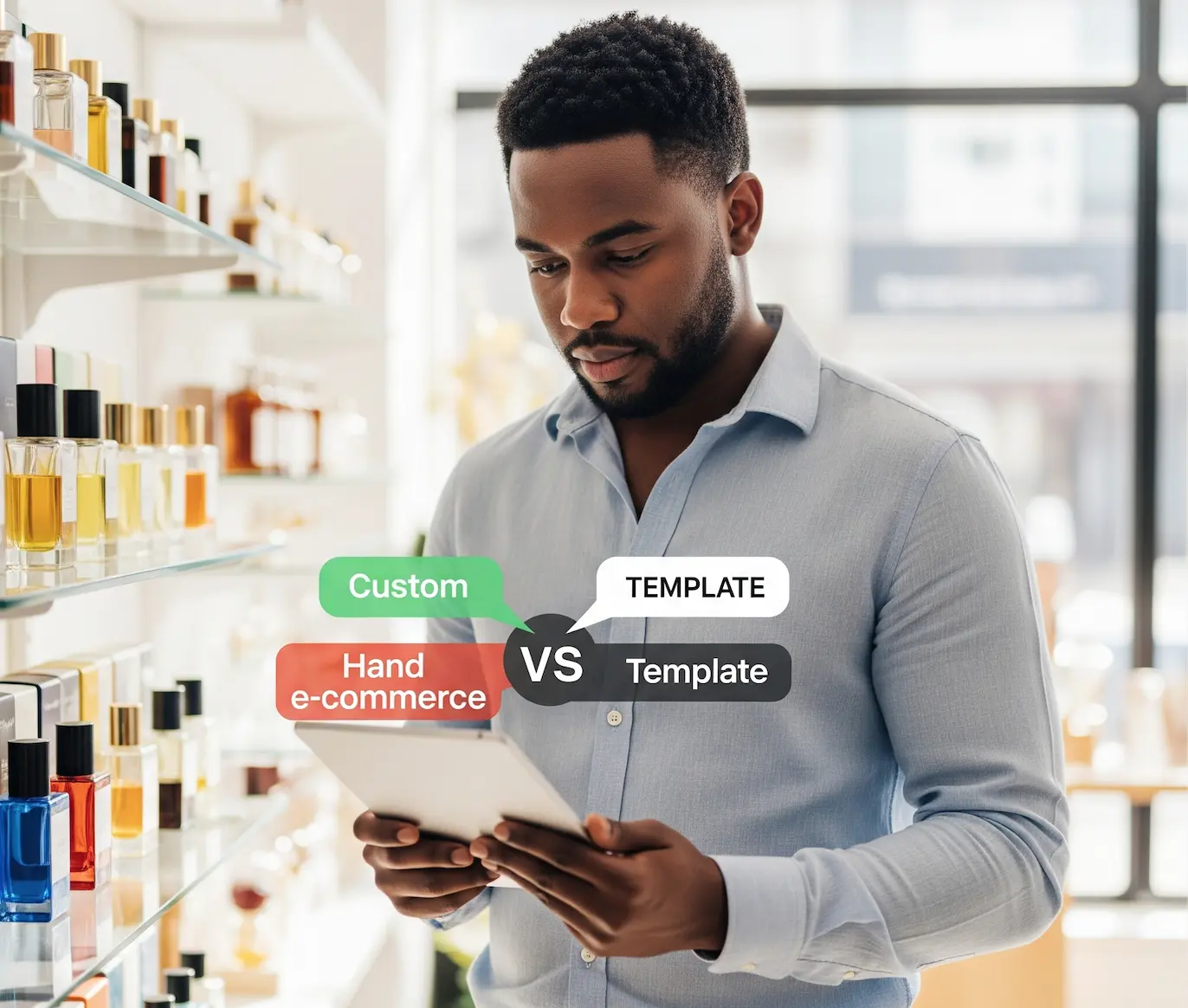
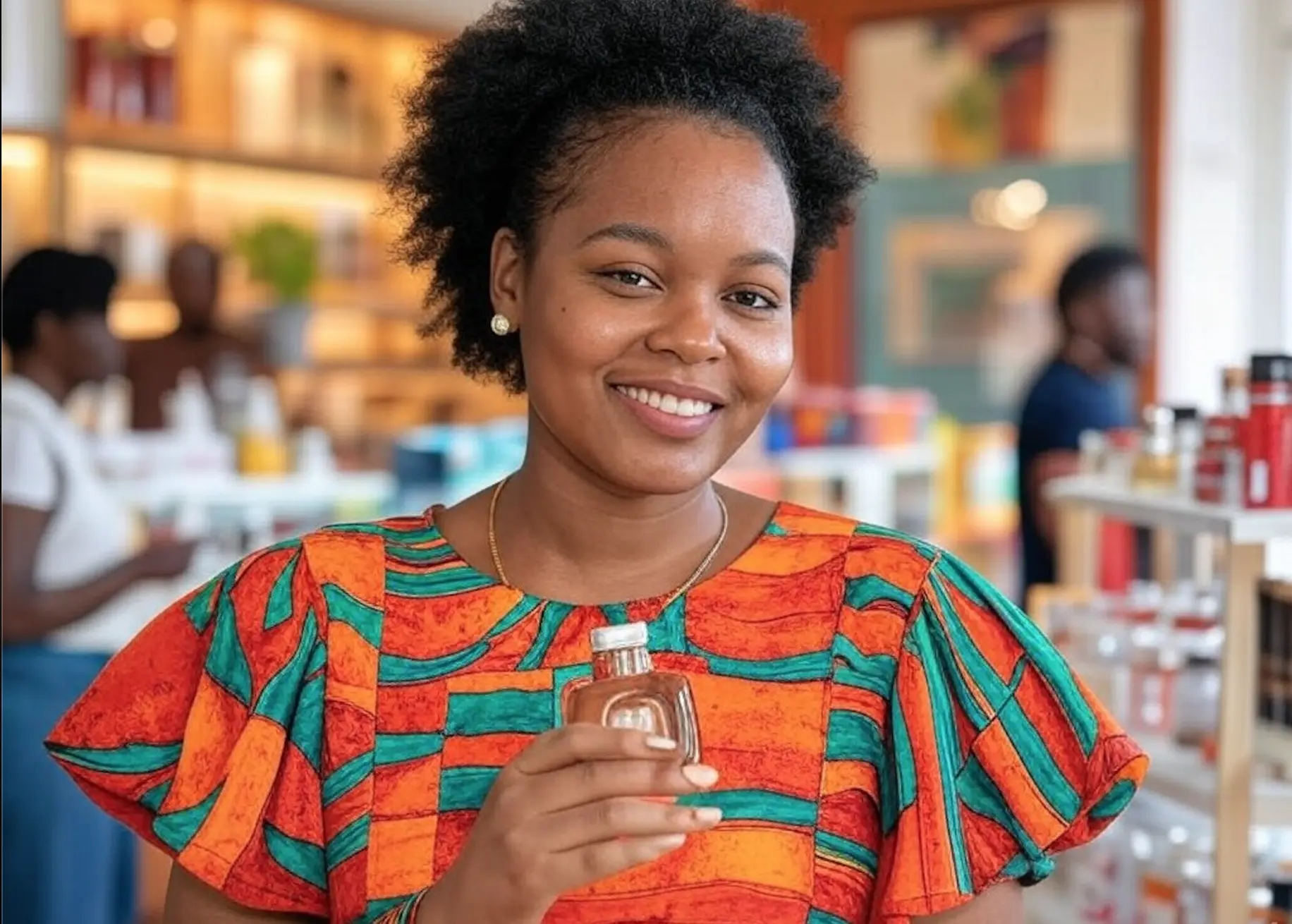



Myrachanto
I help ecommerce businesses scale faster with tech-driven SEO and high-performance web development. With 5+ years of full-stack expertise, I specialize in:
Ecommerce SEO
Optimizing product pages, structured data, and site architecture to boost organic traffic.
Blazing-Fast Stores
Building with React.js, Next.js, Qwik.js, and Golang for speed and conversions.
I write about ecommerce growth—from technical SEO to conversion-focused development—so store owners and marketers can leverage tech for real results.

